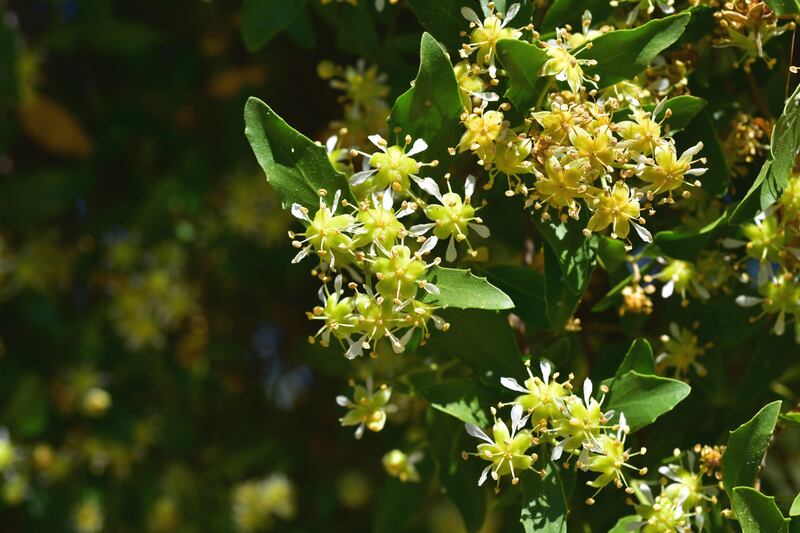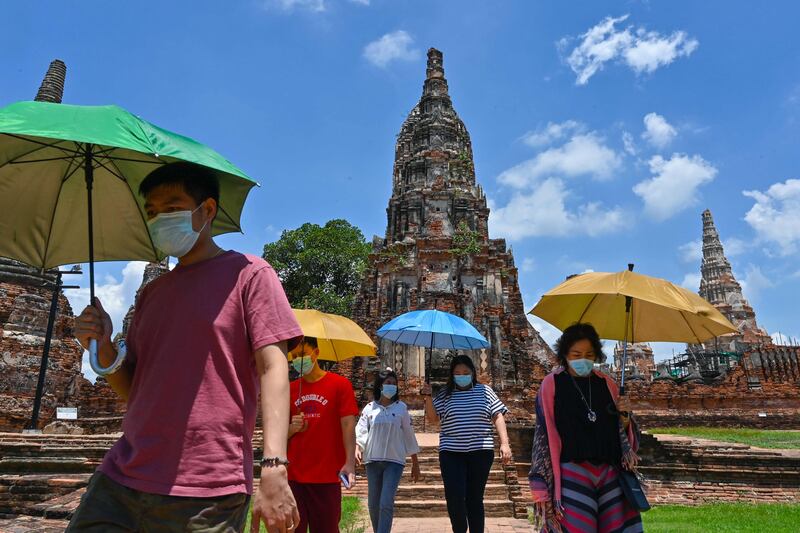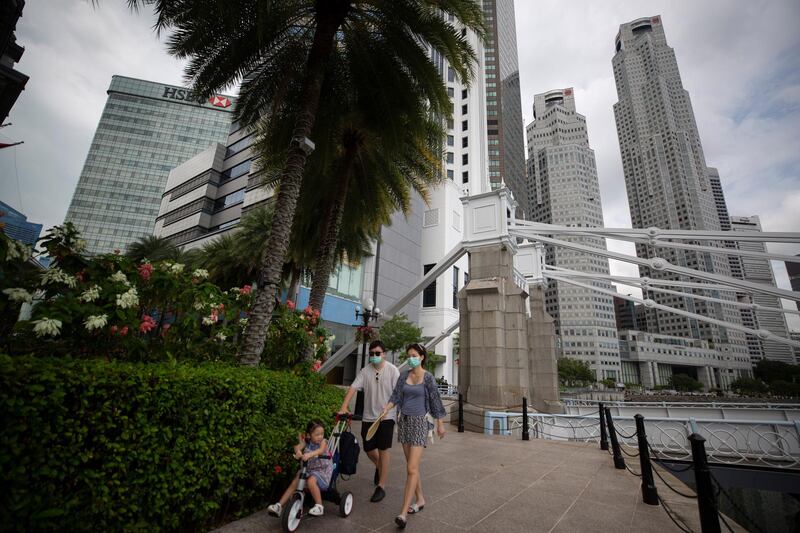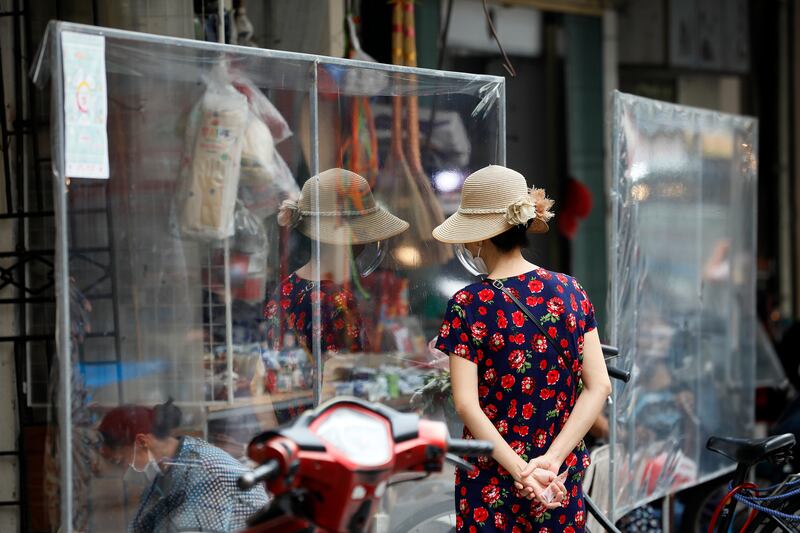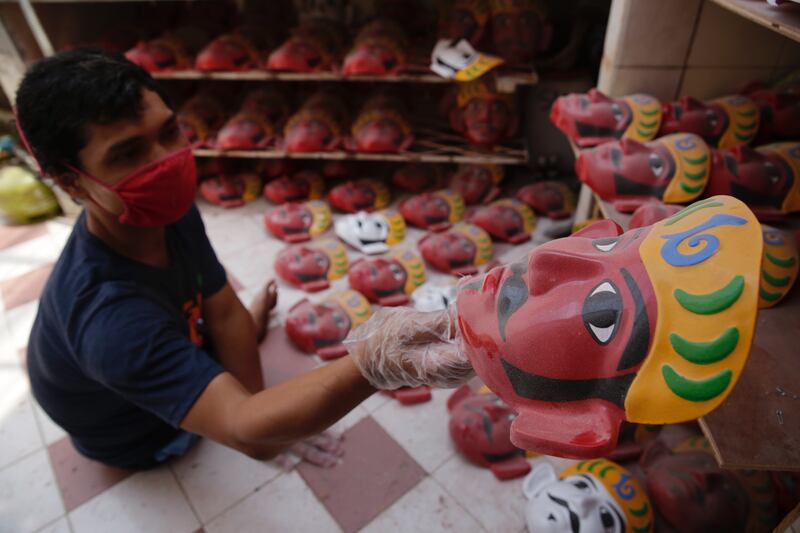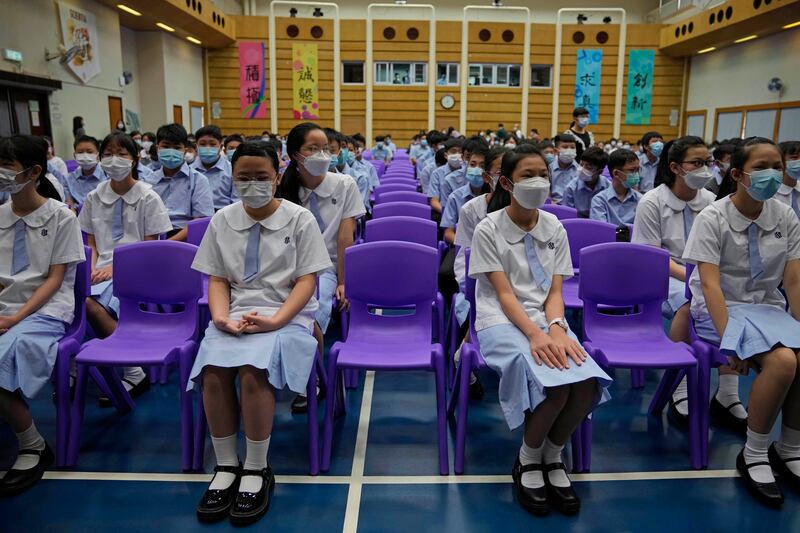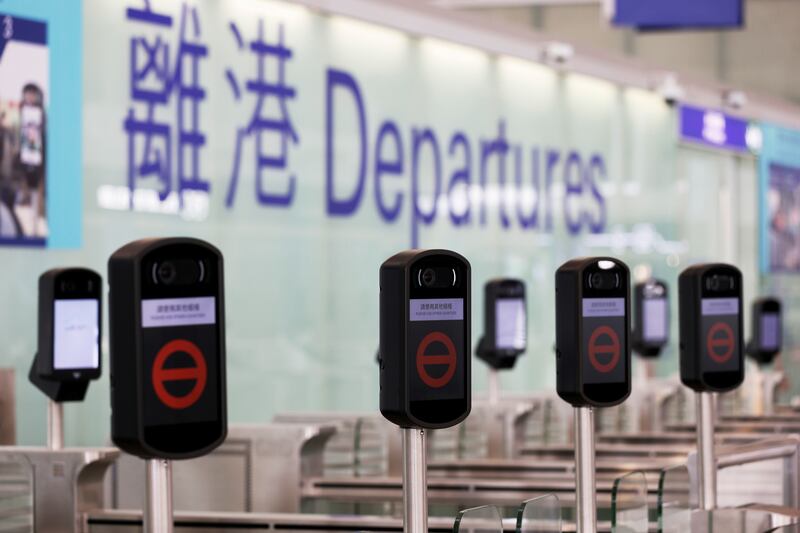A plantation of saplings with bark that holds the promise of potent vaccines is being nurtured in a forest in Chile's wine country.
Down a dusty farm track and behind a wooden gate wrapped in chains, forestry experts are nursing quillay trees, known as quillaja saponaria, a rare evergreen native to the South American country that have long been used by the indigenous Mapuche people to make soap and medicine.
More recently, they have been used to make a highly successful vaccine against shingles and the world’s first malaria vaccine.
Now two saponin molecules, made from the bark of branches pruned from older trees in Chile’s forests, are being used for a Covid-19 vaccine developed by US drug producer Novavax. The chemicals are used to make adjuvant, a substance that boosts the immune system.
Over the next two years, Novavax plans to produce billions of doses of the vaccine, mostly for low and middle-income countries, which would make it one of the largest Covid-19 vaccine suppliers in the world.
With no reliable data on how many healthy quillay trees are left in Chile, experts and industry officials are divided on how quickly the supply of older trees will be depleted by rising demand. But nearly everyone agrees that industries relying on quillay extracts will at some point need to switch to plantation-grown trees or a lab-grown alternative.
US Covid-19 death toll surpasses 1918 flu pandemic
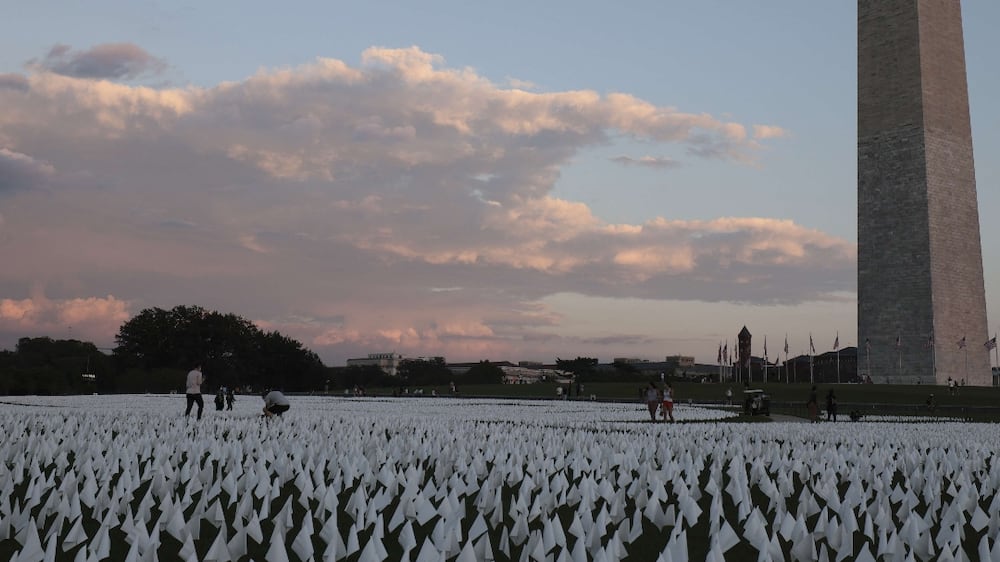
Analysis of export data from trade data provider ImportGenius shows the supply of older trees is under increasing pressure. Exports of quillay products more than tripled to more than 3,600 tonnes per year in the decade before the pandemic.
Ricardo San Martin, who developed the pruning and extraction process that created the modern quillay industry, said producers must immediately work towards making quillay products from younger, plantation-grown trees.
“My estimate four years ago was that we were heading towards the sustainability limit,” he said.
Mr San Martin said he has toiled through the pandemic in the basement of his oceanfront cabin in Sea Ranch, California, to refine a process that could help produce saponins from leaves and twigs to maximise the yield.
“I am working as though this needs to be done yesterday,” said Mr San Martin, who is also sponsoring a project in which drones will count quillay trees in remote and hard-to-access forests, to determine how many are left.
Quillay producers and their customers say the harvest can continue for now without destroying the supply of older trees.
“We continue to monitor the situation in Chile, in close collaboration with our supplier, but at this time we are confident in our supply,” Novavax said. The company also said “life-saving vaccines will be prioritised”.
The desert-plant extract company Desert King International, which runs the Casablanca plantation, is Novavax’s sole supplier of quillay extracts and Chile’s largest quillay exporter by far.
Ready to make 4.4 billion doses
The company’s manager in Chile, Andres Gonzalez, said it is able to produce enough quillay extract from older trees to make up to 4.4 billion vaccine doses in 2022. With new supplies from privately owned native forests, they have enough raw material to meet demand for the rest of this year and part of next, he said.
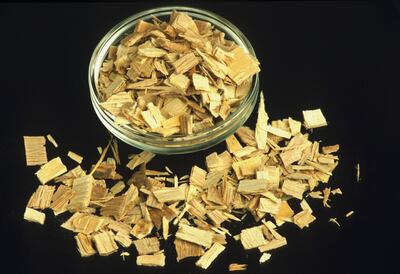
Mr Gonzalez said the company, where Mr San Martin is a consultant, has built a new production plant and has the capacity to supply other interested pharmaceutical companies – all without harming the forests. He acknowledged that “at some point these native forests will come to an end”.
“We want to start having very productive plantations and we are working on that," he said.
A relatively small volume of quillay extract is required to make vaccines – just under one milligram per dose – but the supply is stretched by the demand from other industries. Quillay products are also used as a natural additive in animal feed, a biopesticide and an agent to reduce pollution in mining.
Quillay trees grow outside Chile, but Chile is the only country where mature quillay is harvested from forests in large quantities.
